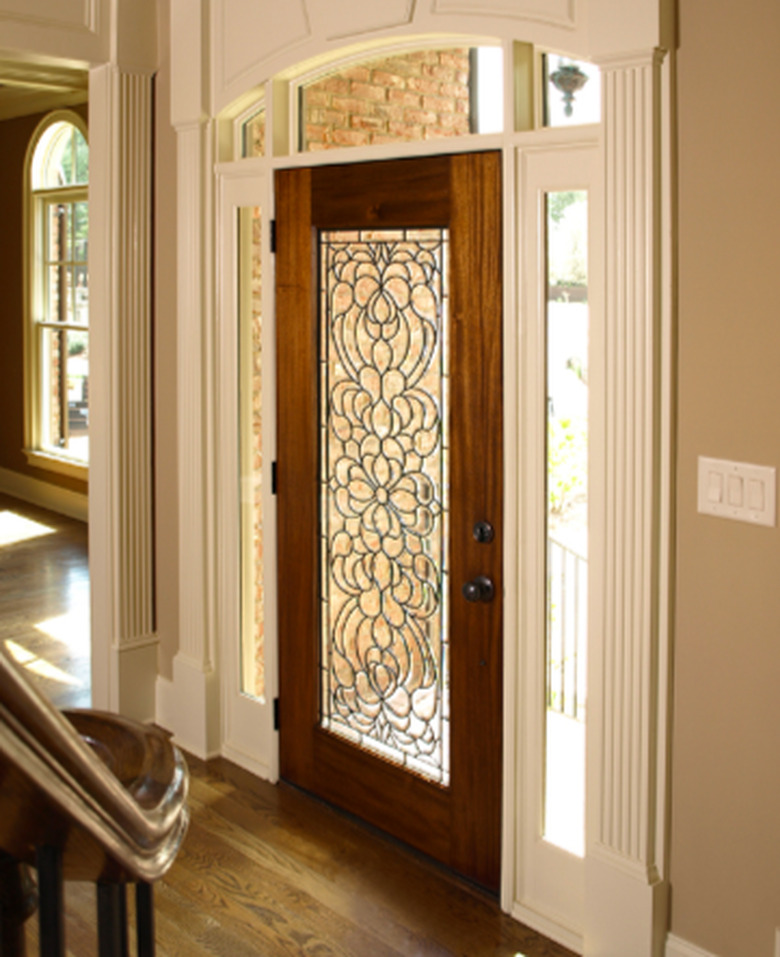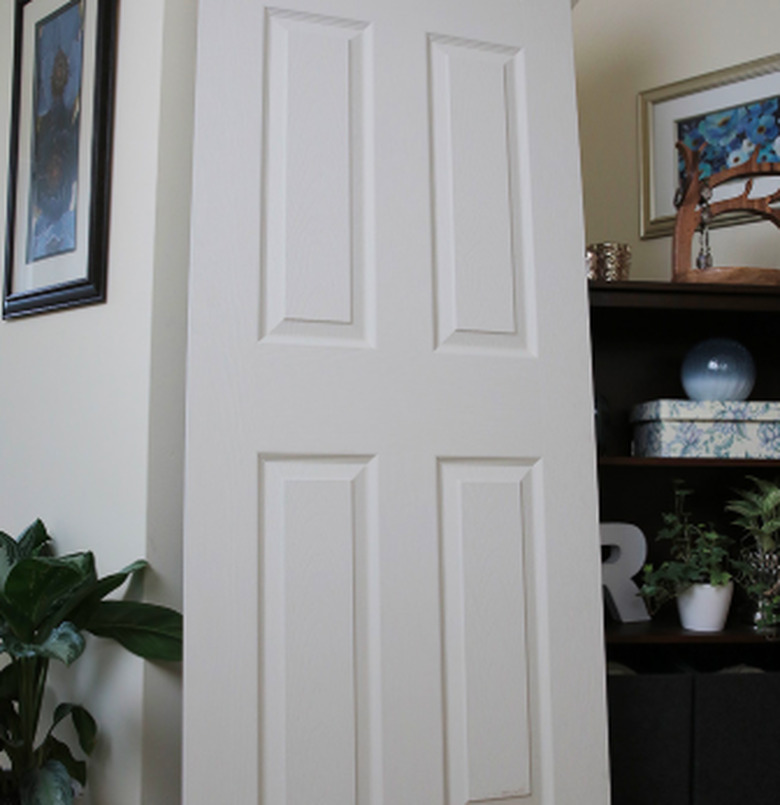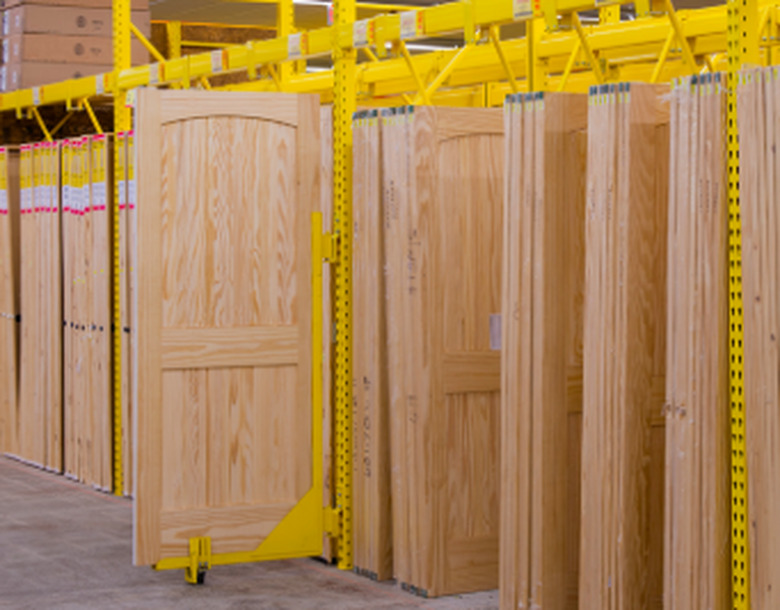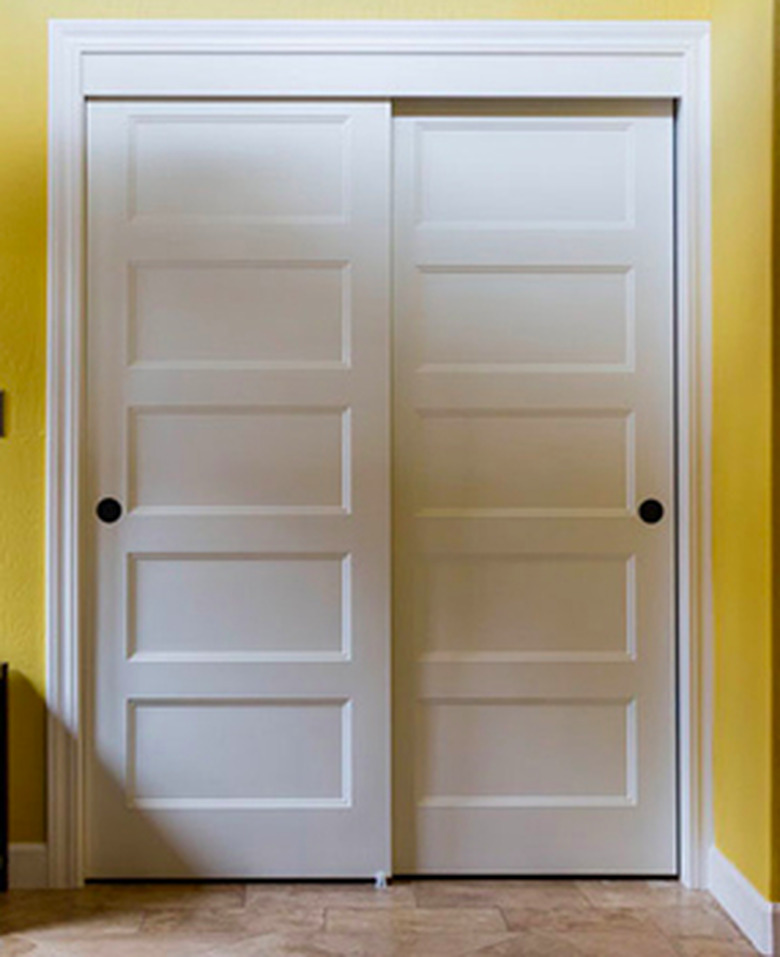What Is A Slab Door?
Slab doors are for remodelers who like to do things the hard way. A slab door is not prehung, which means it doesn't come with its own door frame and all the precision work of installing the hinges and cutting the hole for the doorknob is already completed. No, a slab door—sometimes called a _book door—_includes none of this. It's simply a door—or as builders and retailers like to say, a plain rectangular slab of wood that fits in a door opening.
Slab doors don't have to be made of wood, however, and they don't have to be plain. They can be made of metal or fiberglass, they can have ornate moldings and they can have glass. However, some slab doors truly are little more than featureless slabs of wood or plywood. These are usually the ones intended for interior passageways, bedrooms and closets. The feature that all slab doors have in common is that they have no preinstalled hardware. That can be an advantage.
Why Choose a Slab Door Over a Prehung One?
Why Choose a Slab Door Over a Prehung One?
You would opt for a slab door for the same reason you would choose unfinished furniture or flooring over prefinished materials: so you can alter it to suit your purposes. Slab doors are customizable. You can cut one to fit in a non-standard opening, and you have your choice of which side to install the hinges. Moreover, because a slab door doesn't come with a frame, you can construct your own frame out of the materials you choose.
Slab doors cost less than prehung ones. You can find a hollow-core slab door for your bathroom for less than $35, while the same door could cost $150 or more prehung. If you have the door hung professionally, the savings get canceled out by the extra labor involved with hanging a slab door, but if it's you doing the work, you essentially pay yourself through the money you save by installing the frame and hinges.
Types of Slab Doors
Types of Slab Doors
Slab doors differ from one another in several ways. You can find lightweight, 1 1/2-inch-thick hollow-core doors for closets, bedrooms and bathrooms and heavy 1 3/4-inch solid-core doors for entryways and for rooms that need extra sound insulation. Hollow-core slab doors consist of a cardboard honeycomb sandwiched by a pair of metal, vinyl or plywood sheets, called skins. Solid-core doors can be made of wood, fiberglass or steel.
Slab doors can be paneled, which means they are divided into sections by horizontal rails and vertical stiles. The panels are usually wood, but they can also be glass or some other material. If a door isn't paneled, it's a flush door, which is the slabbiest of slab doors. A flush door often comes unfinished so you can stain or paint it yourself. The least expensive flush doors have skins made from masonite or fiberboard, and they are so featureless that if you paint one jet black, it will remind you of a monolith from a sci-fi movie.
Slab Doors Aren't Just for Swinging
Slab Doors Aren't Just for Swinging
The panels that make up a bypass door are essentially slab doors. To hang these, you skip the hinges and install an overhead track-and-runner system. The track goes on the head jamb and the runners on the tops of the doors. The job is one a homeowner can do after purchasing the appropriate hardware.
You can also turn slab doors into bifold door panels, although it's more common to buy bifold doors preassembled. A typical bifold kit comes with pairs of doors connected by hinges and pre-drilled for the pivot and overhead guide. But there's nothing preventing you from buying slab doors and installing the hinges, pivot and guide yourself. This approach gives you more flexibility in size and design.



